
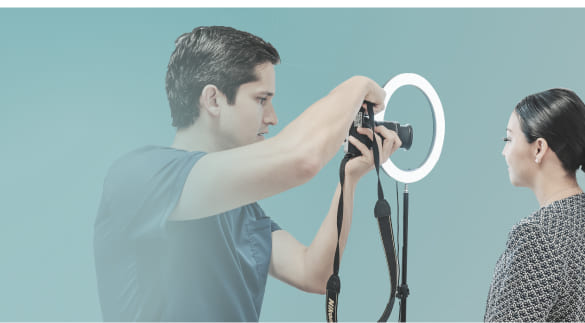
Discover the step-by-step process of an evaluation appointment.
Step-by-step view of Rhinoplasty- Structural Rhinoplasty
-
Structural rhinoplasty is currently the most widely used and widespread technique worldwide. The structural technique revolutionized rhinoplasty, increasing the precision and safety of the procedure, making the results more long-lasting. In this technique, cartilage grafts are used to reinforce the internal structure of the nose, especially in the tip. This results in more controlled outcomes, stronger noses with better support that remain beautiful for longer periods. As a first option, grafts taken from the patient’s own nasal septum are usually used to structure the nose. In revision or reconstruction rhinoplasties, or in cases of primary rhinoplasties requiring significant projection, it is often necessary to use rib cartilage. Each case is different and must be individualized, therefore during the initial valuation appointment, existing cosmetic complaints and necessary corrections can be defined, thus allowing for a surgical plan to be carried out and selecting the most appropriate techniques for each particular case.
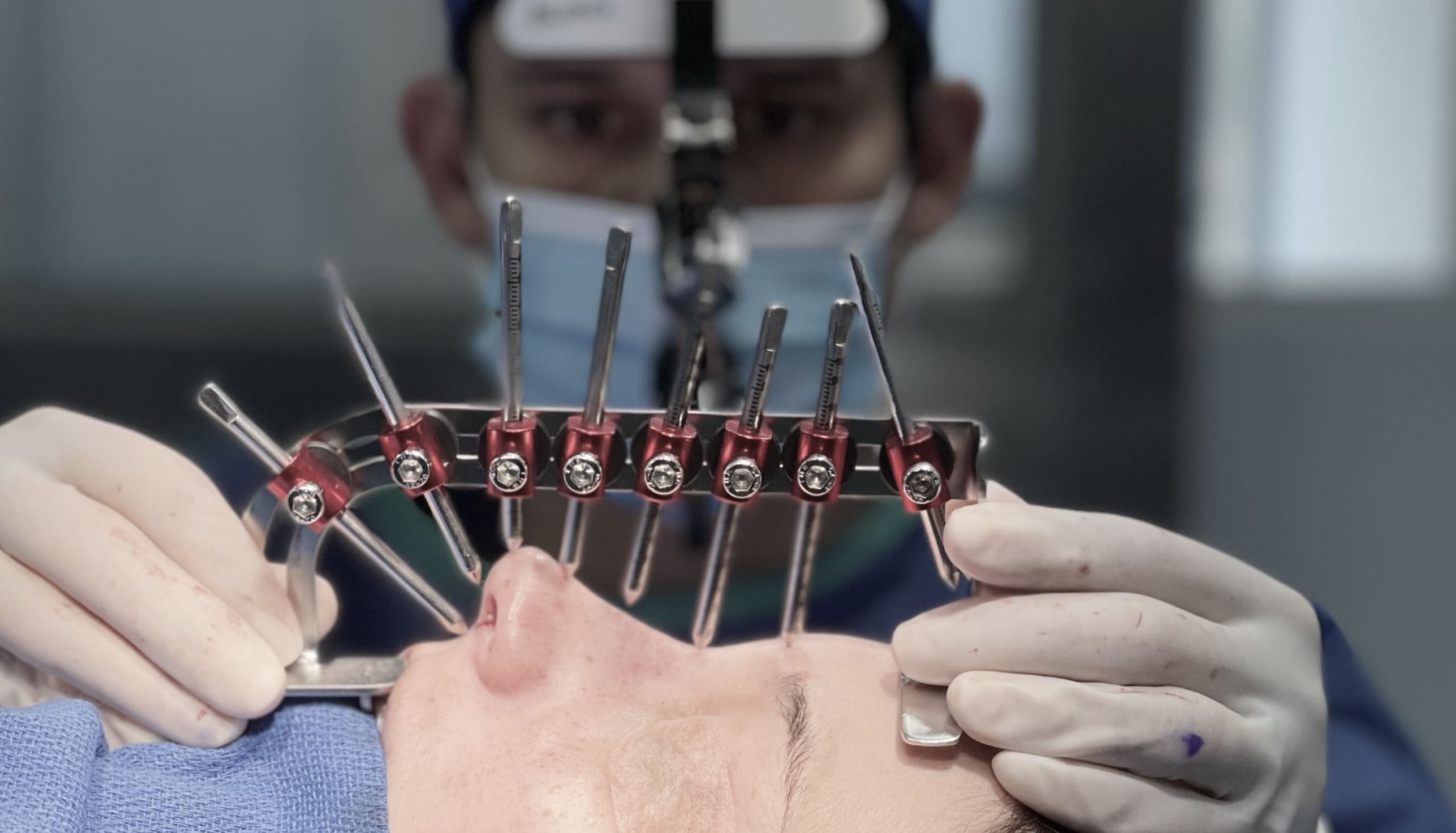
- Open Rhinoplasty
-
When we talk about open or closed rhinoplasty, we are not referring to a particular surgical technique but rather to the access route through which the internal structures of the nose are addressed and the various surgical techniques are executed. I perform my rhinoplasties using an open approach because I believe that this way, I achieve optimal exposure of the nasal structure, which allows for a more precise diagnosis of existing deformities, better control of symmetry, greater ease and precision in the execution of various surgical techniques, and the possibility of using techniques such as ultrasonic rhinoplasty. The open approach is performed through an incision in the skin of the columella, the central part of the base of the nose, which some consider the only disadvantage of the open approach. However, by performing sutures precisely and delicately, thanks to the favorable conditions of the skin in that area and the absence of keloid scarring on the face, the scar becomes irrelevant as it is practically invisible over time.
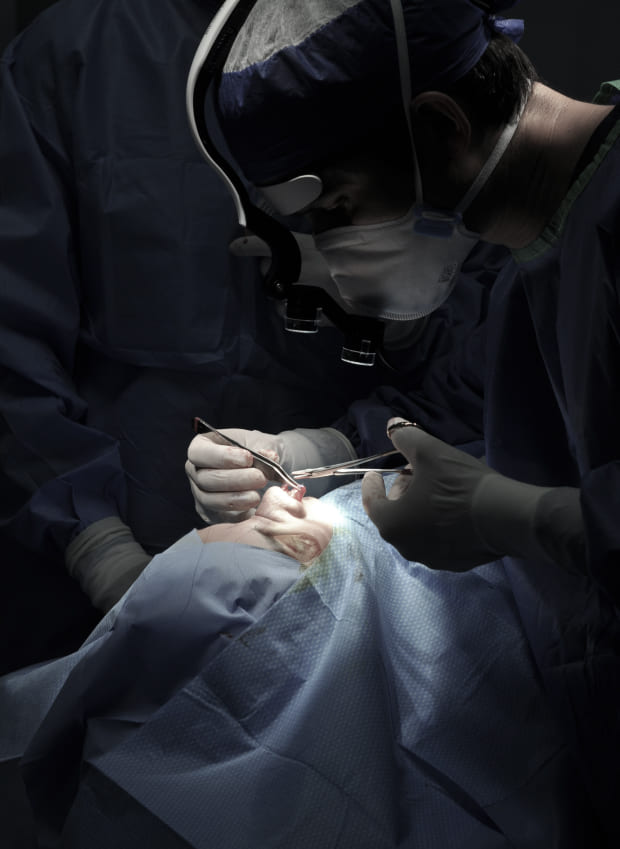
- Ultrasonic rhinoplasty
-
Ultrasonic rhinoplasty is based on the use of an instrument called a piezotome, which, through ultrasonic vibrations, can cut, reshape, or smooth the bone in a precise and safe manner. This instrument is not capable of injuring soft tissues of the nose, such as cartilage, mucosa, muscles, or blood vessels, as it works only on bone. In this way, we are able to reduce, refine, and polish the bone, as well as perform the necessary fractures to narrow a wide nose or straighten a deviated nose in a much more precise, delicate, and under-direct vision manner.
In traditional rhinoplasty, remodeling, and fractures of the nasal bones are performed using chisels, hammers, and files, which, being less precise and more aggressive instruments, can cause accidental damage to soft tissues, irregularities, and less control over the fractures performed.
As there is no risk of soft tissue injury with ultrasonic instruments, inflammation and the appearance of postoperative bruises or hematomas are reduced.
Dr. Tapia is one of the pioneers of this technique in Costa Rica and has been using ultrasonic instruments in all his surgeries since 2020.
Disadvantages of the traditional rhinoplasty
- -La utilización de cinceles, osteotomos y martillo, provoca líneas de fractura incontroladas.
- -Dificultad para obtener precisión y simetría en el trabajo en los huesos nasales.
- -Daño inadvertido en los tejidos blandos y vasos sanguíneos que rodean la nariz.
- -Mayor aparición de moretones e inflamación facial.
- -Recuperación más lenta.
Advantages of the ultrasonic rhinoplasty
- -Mayor precisión en la ejecución de las fracturas y remodelado del hueso.
- -Mayor estabilidad de los huesos tras fracturas, de manera que el riesgo de asimetrías o deformidad incontrolada es mucho menor.
- -Menor inflamación en el postoperatorio.
- -Menos equimosis (moretones).
- -Menos riesgo de lesión de los tejidos blandos (mucosa, vasos sanguíneos, cartílago,piel)
- -Menor tiempo de recuperación, permitiendo al paciente regresar más pronto a sus actividades laborales y sociales
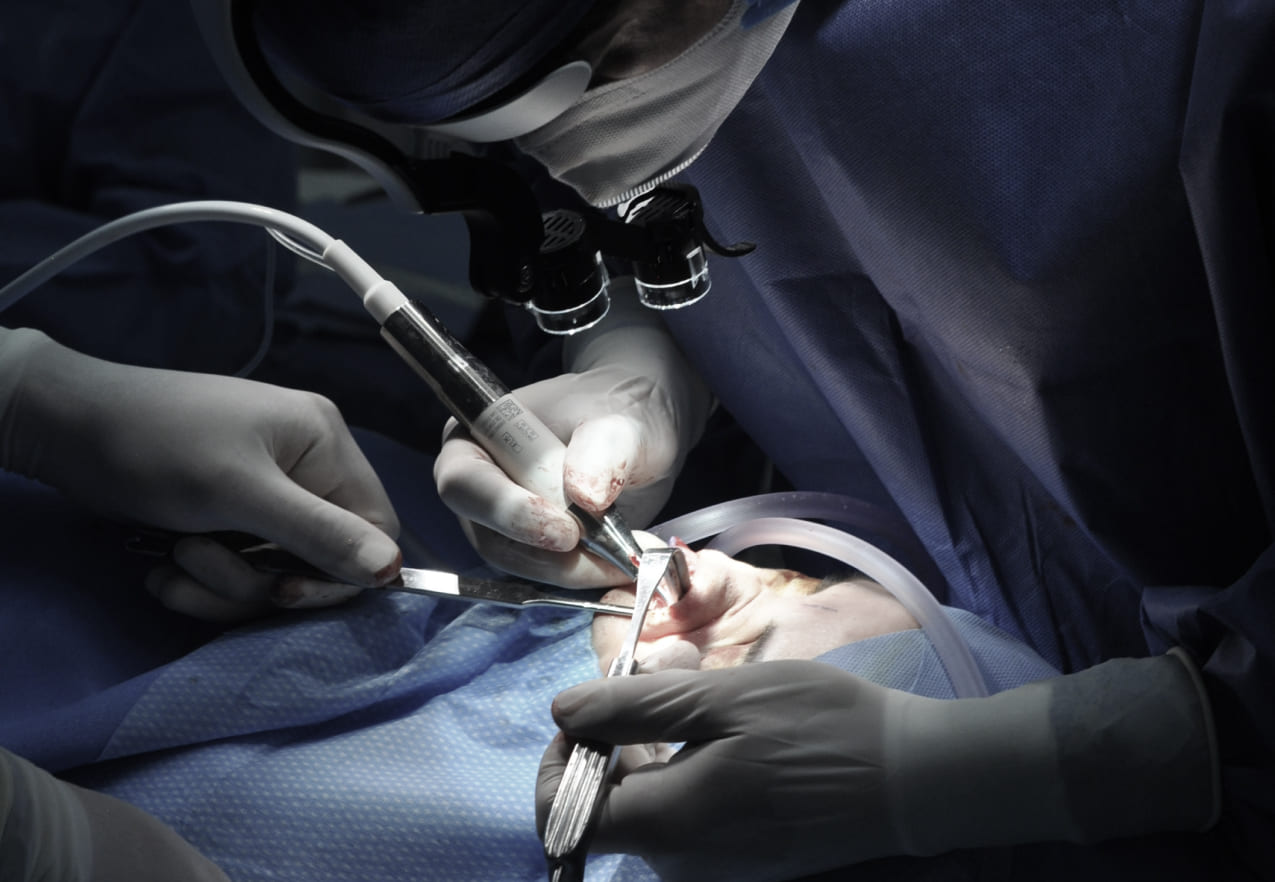
Learn the step-by-step and schedule your evaluation appointment with Dr. Javier Tapia.





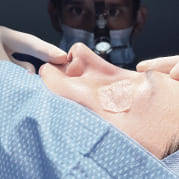
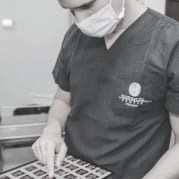
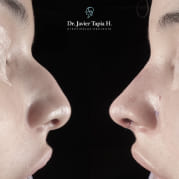
“Desde la primera cita el trato fue excelente. La explicación detallada, la cirugía, el seguimiento, la recuperación y los resultados superaron todas mis expectativas! Gracias por el compromiso y la pasión con la que hacen las cosas. Estoy súper contenta con los resultados e infinitamente agradecida con el doctor Tapia y su equipo de trabajo!”